While doing research for a new front loader clothes washing machine, my wife and I looked closely at the offerings manufactured by LG. We saw models at Sears and Home Depot. The models and their features are very nice.
While at Home Depot we asked about differences between all the various models including LG. The saleslady spoke about this and that, but was particularly careful to understand where we would be placing the new clothes washer and dryer in our home.
We said we desired to move our laundry upstairs to the closet of our bedroom. The sales lady warned us that the LG clothes washer has a particular need to be on a very sturdy surface such as concrete. She went on the inquire where our current laundry is located. We said on the middle floor between the garage and the kitchen which is a very typical location in the U.S. She was concerned the LG would not work there either since this was not a concrete floor.
We visited consumer reports and find their ratings for the LG to be some of the highest, but they never mention anything about location restrictions. If this issue is true, LG products won’t work well in the majority of homes.
During the past several months, Home Depot is selling many more models of LG clothes washers which, I suppose, still have this “sturdy floor” need.
If you are looking at the LG front loader products, you are well advised to ask about floor sturdiness requirements.
I would consider this an urban legend if it weren’t a sales lady from Home Depot telling me about this.
Your mileage may vary.



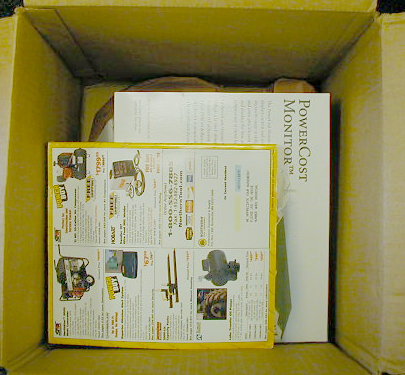
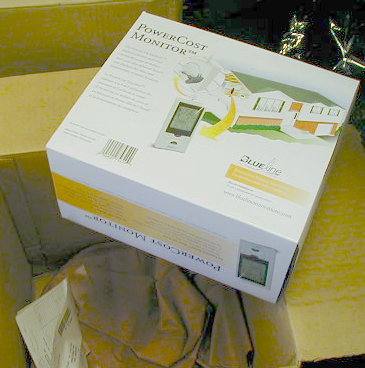
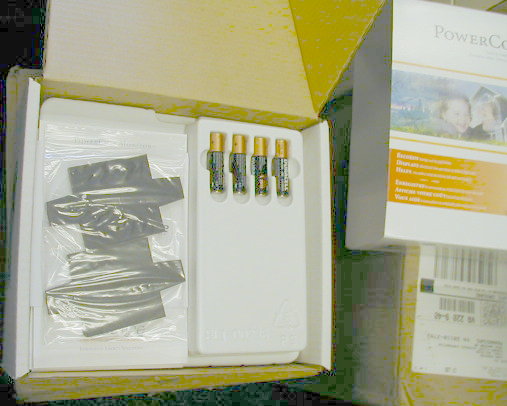
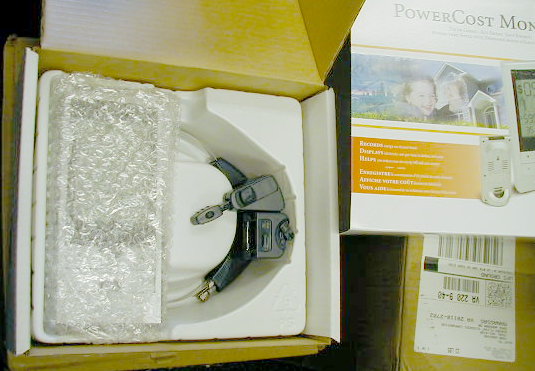
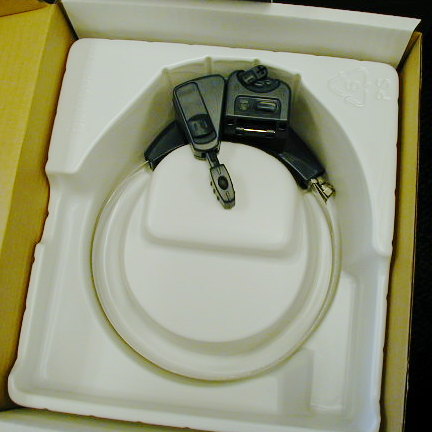
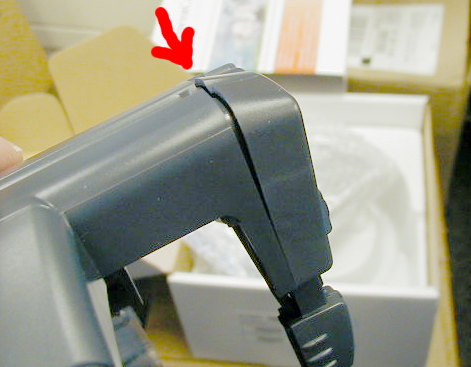


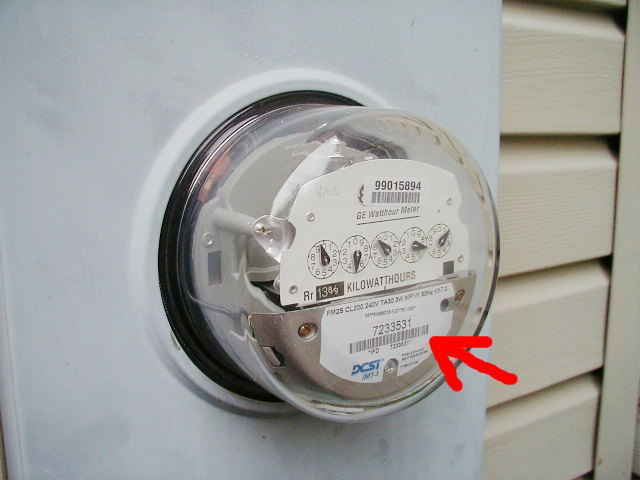
 The 12 volt lead-acid battery for my backup sump pump does not seem to last for more than about one year. There is a “maintenance” battery charger that is, supposedly, designed to keep a battery topped off and ready to go should the backup power be needed.
The 12 volt lead-acid battery for my backup sump pump does not seem to last for more than about one year. There is a “maintenance” battery charger that is, supposedly, designed to keep a battery topped off and ready to go should the backup power be needed.